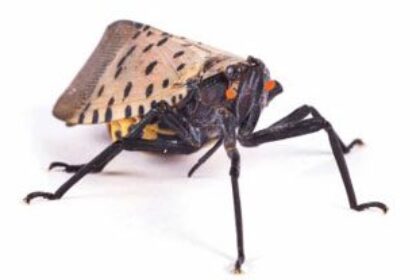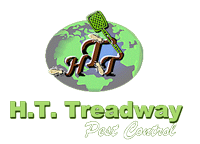
Spotted lanternflies kill sapling trees, sumac, grapevines, and tree-of-heaven. Healthy and established ornamental trees don’t typically die but canopy dieback and plant health decline has been observed, particularly on some of spotted lanternflies favorites such as black walnut and maple. Additionally, sooty mold can kill groundcover plants that are below large populations of spotted lanternfly.
The spotted lanternfly feeds through the bark using a piercing-sucking mouthpart tapped into the plant like a straw. When it feeds, it excretes honeydew, or sugary water on and around its feeding site. This sugary substance encourages the growth of black sooty mold, which is not harmful to humans, but can damage plants and make outside recreation areas unusable.
Spotted lanternflies lay eggs on almost any surface, including vehicles like rail cars and trailers, as well as outdoor equipment, patio furniture, decking, and landscaping pavers.
To control these flys, we offer mist blow services that address the affected areas. Pricing is based on how much area needs to be addressed. The PA Dept. of Agriculture is recommending services be done monthly May-October. Please contact us for a free quote or to learn more about our Lanternfly erradication services by calling us at 717-229-9818 or fill out our contact form to have us reach out to you.
For more information about the Spotted Lanternfly please see:
https://extension.psu.edu/spotted-lanternfly
